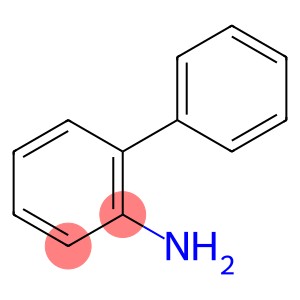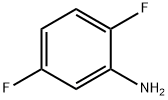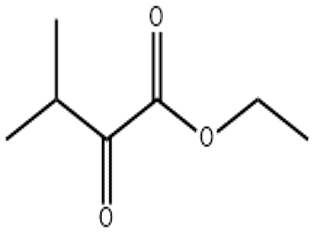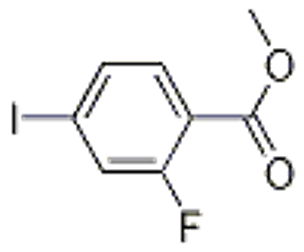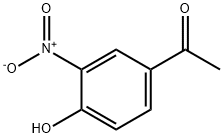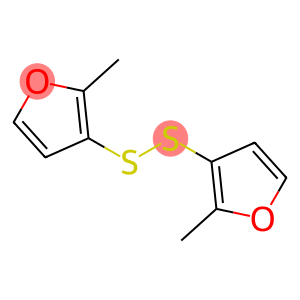2-Aminobiphenyl(CAS#90-41-5)
| Hazard Symbols | Xn – Harmful |
| Risk Codes | R22 – Harmful if swallowed R40 – Limited evidence of a carcinogenic effect R52/53 – Harmful to aquatic organisms, may cause long-term adverse effects in the aquatic environment. R21/22/36/37/38/40 - R20 – Harmful by inhalation |
| Safety Description | S36/37 – Wear suitable protective clothing and gloves. S61 – Avoid release to the environment. Refer to special instructions / safety data sheets. |
| WGK Germany | 3 |
| RTECS | DV5530000 |
| TSCA | Yes |
| HS Code | 29214980 |
| Toxicity | LD50 orally in Rabbit: 2340 mg/kg |
Introduction
2-Aminobiphenyl is an organic compound. It is a white crystalline solid that is soluble in organic solvents such as alcohols and ethers. 2-Aminobiphenyl has aniline-like properties, but the biphenyl ring in its structure makes it have some special properties.
2-Aminobiphenyl is mainly used in the synthesis of dyes and fluorescent materials. Its structural conjugation system allows it to emit intense fluorescence. It is widely used in fluorescence display, fluorescent dyes and fluorescent labeling.
There are two main methods for preparing 2-aminobiphenyls: one is that aniline and benzaldehyde are condensed to form 2-iminobiphenyls, and then 2-aminobiphenyls are obtained by hydrogen reduction; The other is the addition reaction of aminotoluene and acetophenone to obtain 2-aminobiphenyl.
Safety information: 2-Aminobiphenyl has certain toxicity. It is irritating to the skin and eyes, and can be harmful to the respiratory and digestive systems. When using, care should be taken to avoid direct contact with skin and eyes, and appropriate personal protective equipment should be provided. It should be operated in a well-ventilated area to avoid prolonged exposure to its vapors. In case of accidental ingestion or overdose, seek medical attention promptly.


